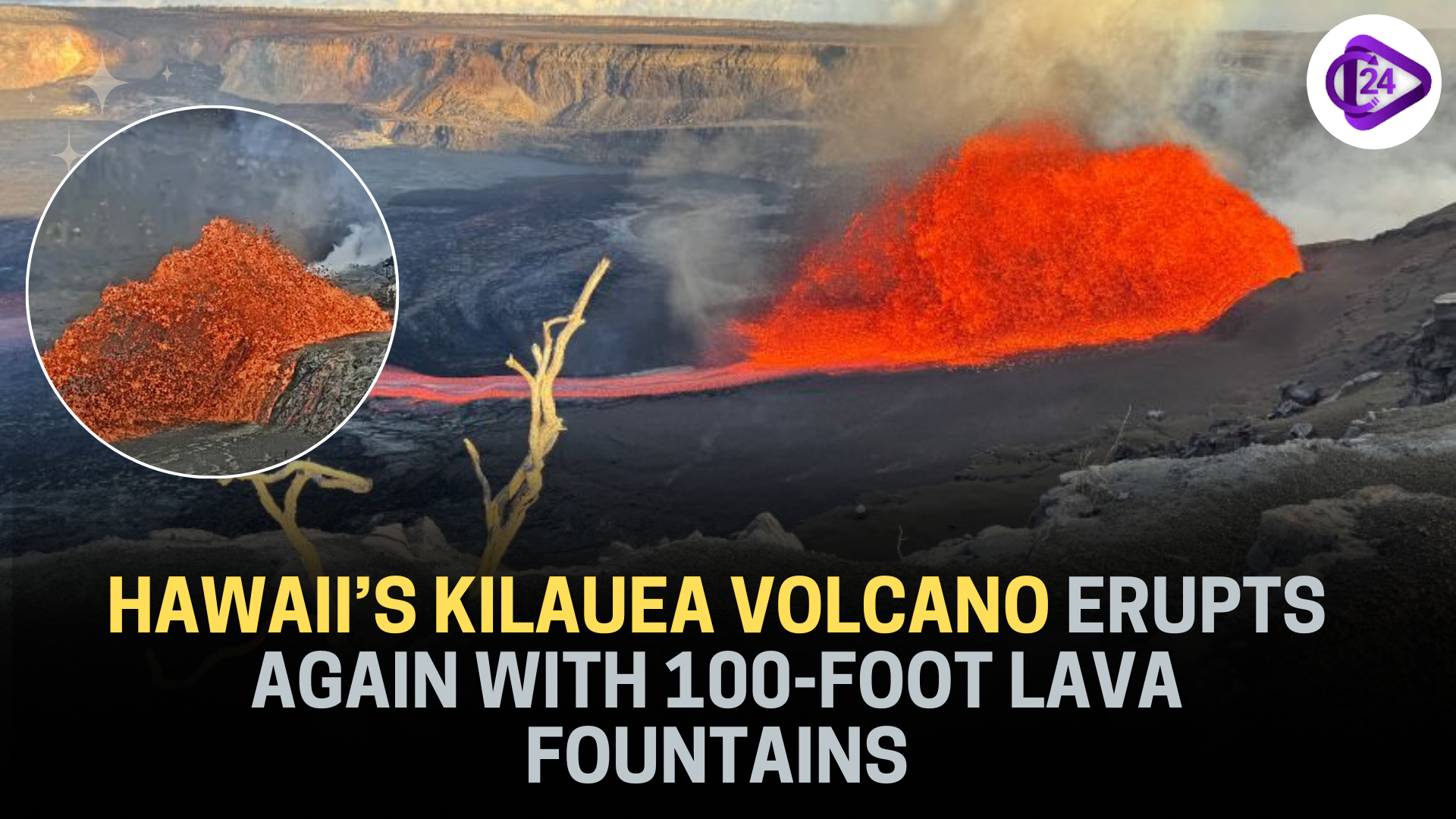
Kilauea volcano has erupted once more sending up fountains of lava up to nearly 100 feet, in the crater of Halemaumau in Hawaii Island. It is the 31 st eruption in the past 12 months, which proves the might of Kilauea being one of the most active volcanoes in the world. The eruption started on Friday and still attracts the interests of people living in the area as well as tourists. Luckily, the lava does not leave the crater and does not cause any damage to the houses or infrastructure. This site is contained in a UNESCO World Heritage Site- Hawaii Volcanoes National Park.
News in brief
-
The 31 st eruption on Kilauea since Dec 2024 erupted with 100-ft lava fountains.
-
Those there were in activity restricted to Halemaumau Crater, and a remote threat to people and infrastructure.
-
The eruption draws international attention and tourists.
Key Points
Geological Significance
-
The location: Hawaii Island, within the Pacific Ring of Fire.
-
Type: Shield volcano, whose slopes are gentle and which has fluid lava.
-
Frequency: It is one of the most active volcanoes on the planet, eruptions were observed during decades.
With an impact and safety.
-
Lava is trapped in the crater and this limits risks in the short-term.
-
Round the clock surveillance by the U.S. Geological Survey (USGS).
-
Air quality is also affected by eruptions by volcanic gases (SO2, CO2) and vog (volcanic smog).
Economy and Tourism
-
Majestic eruptions bring in tourists, a fact that strengthens the Hawaiian tourism industry.
-
The region is within Hawaii Volcanoes National Park which is a prime tourist attraction and research site.
Other Key Points
Plate Tectonics
-
Kilauea is not on a plate boundary but over the Hawaiian hot-spot in the center of the Pacific plate.
-
The hotspot volcanism is the cause of the linear line of the Hawaiian Islands since the Pacific Plate moves northwest of the hotspot.
Environmental Concerns
-
Emissions of SO 2 form acid rains and vog, which affect human health and crops.
-
Long lasting lava flows have the ability of restructuring landscapes and forming new land as well as taking away habitats.
Relevancy to Disaster Management
-
Emphasizes the value of early warning systems and community preparedness.
-
An example where risk mitigation is active monitoring to avoid the loss of life that often happens due to frequent eruptions.
India Comparison
-
The Indian country is represented by Barren Island (Andaman & Nicobar Islands) as the only active volcano in India, corresponding to the subduction of the Indo-Australian Plate beneath the Burmese Plate.
Conclusion
Kilauea's latest eruption adds its contribution to the fact that it is a natural laboratory of hotspot volcanism and disaster preparedness. Although the occurrence is not very dangerous in terms of imminent risk, it shows the risk between natural spectacle and possible disaster.



 India Partners with World Food Programme to Combat Global Hunger
India Partners with World Food Programme to Combat Global Hunger Strengthening Defence Ties: Indian Army Chief General Upendra Dwivedi’s Visit to Algeria
Strengthening Defence Ties: Indian Army Chief General Upendra Dwivedi’s Visit to Algeria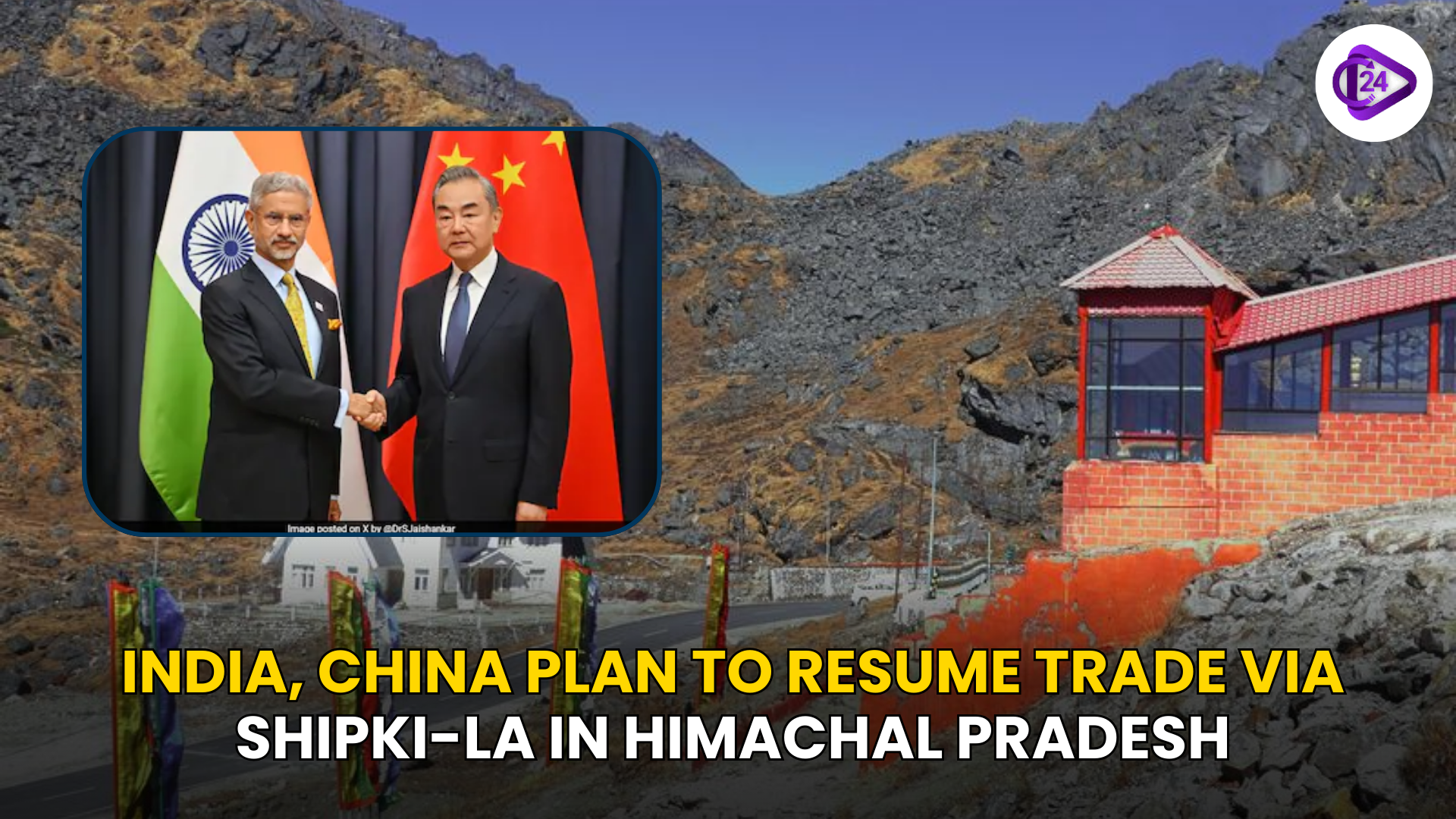 India, China Plan to Resume Trade via Shipki-La in Himachal Pradesh
India, China Plan to Resume Trade via Shipki-La in Himachal Pradesh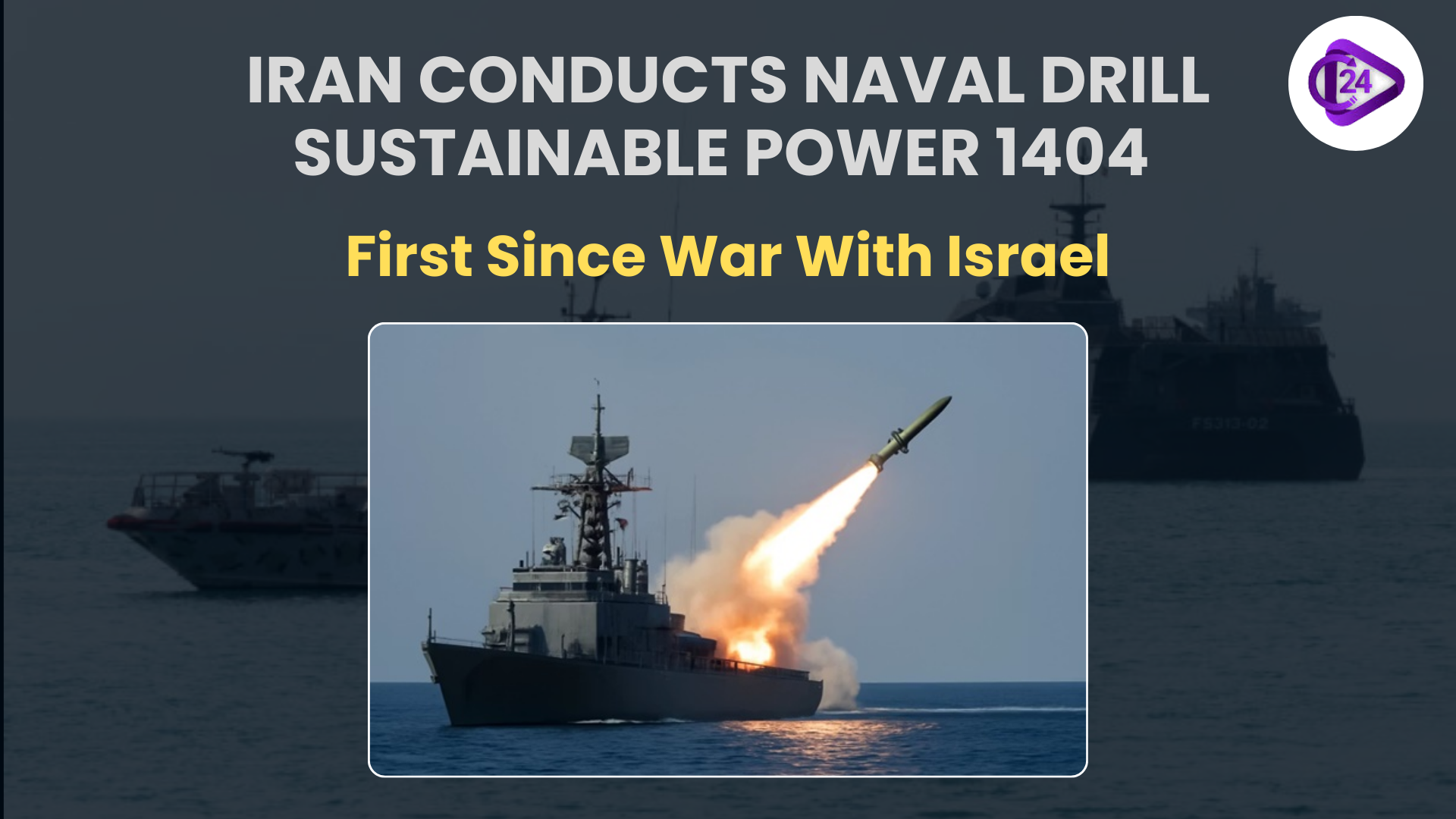 Iran Conducts Naval Drill Sustainable Power 1404 – First Since War With Israel
Iran Conducts Naval Drill Sustainable Power 1404 – First Since War With Israel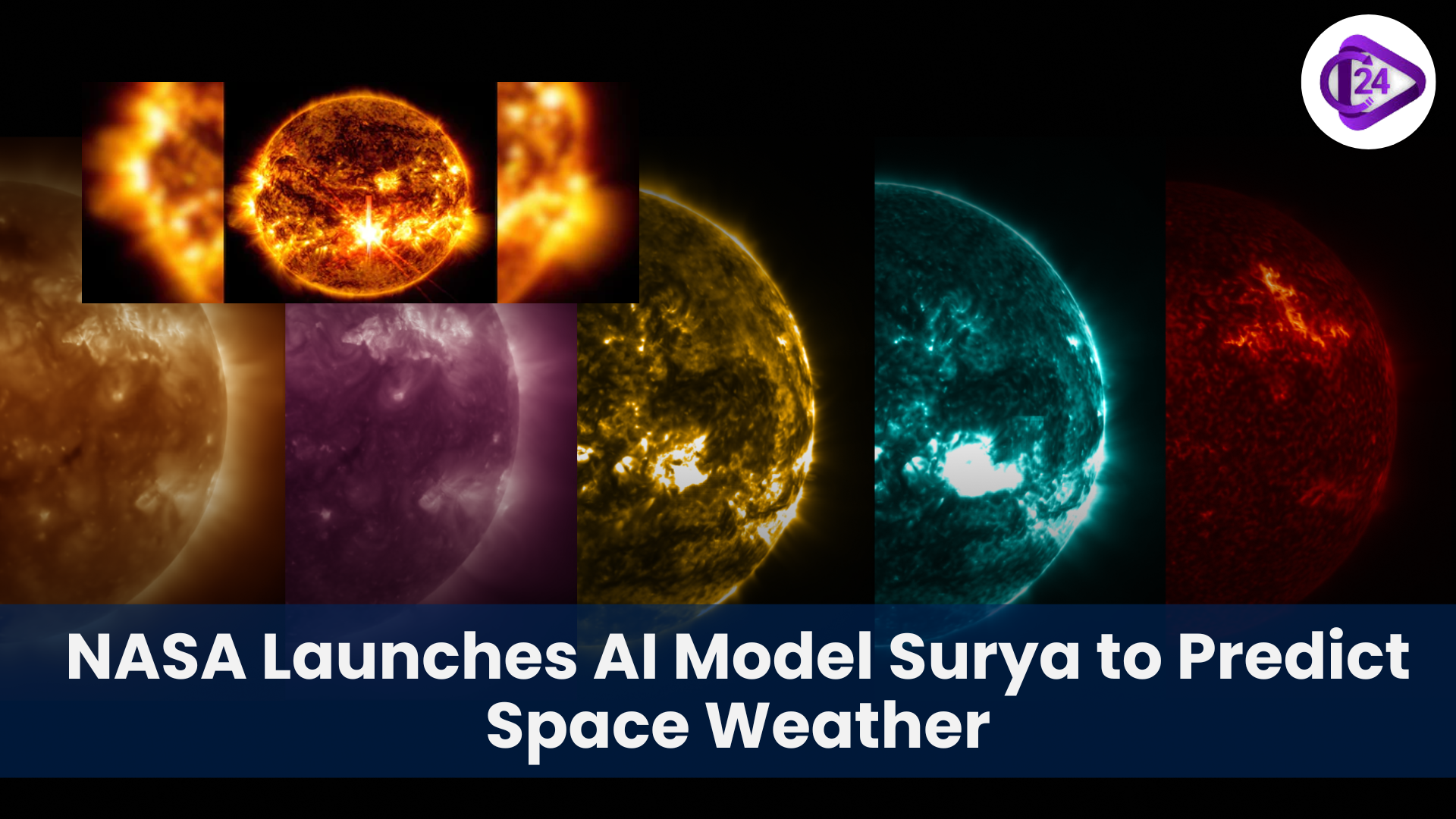 NASA Launches AI Model Surya to Predict Space Weather
NASA Launches AI Model Surya to Predict Space Weather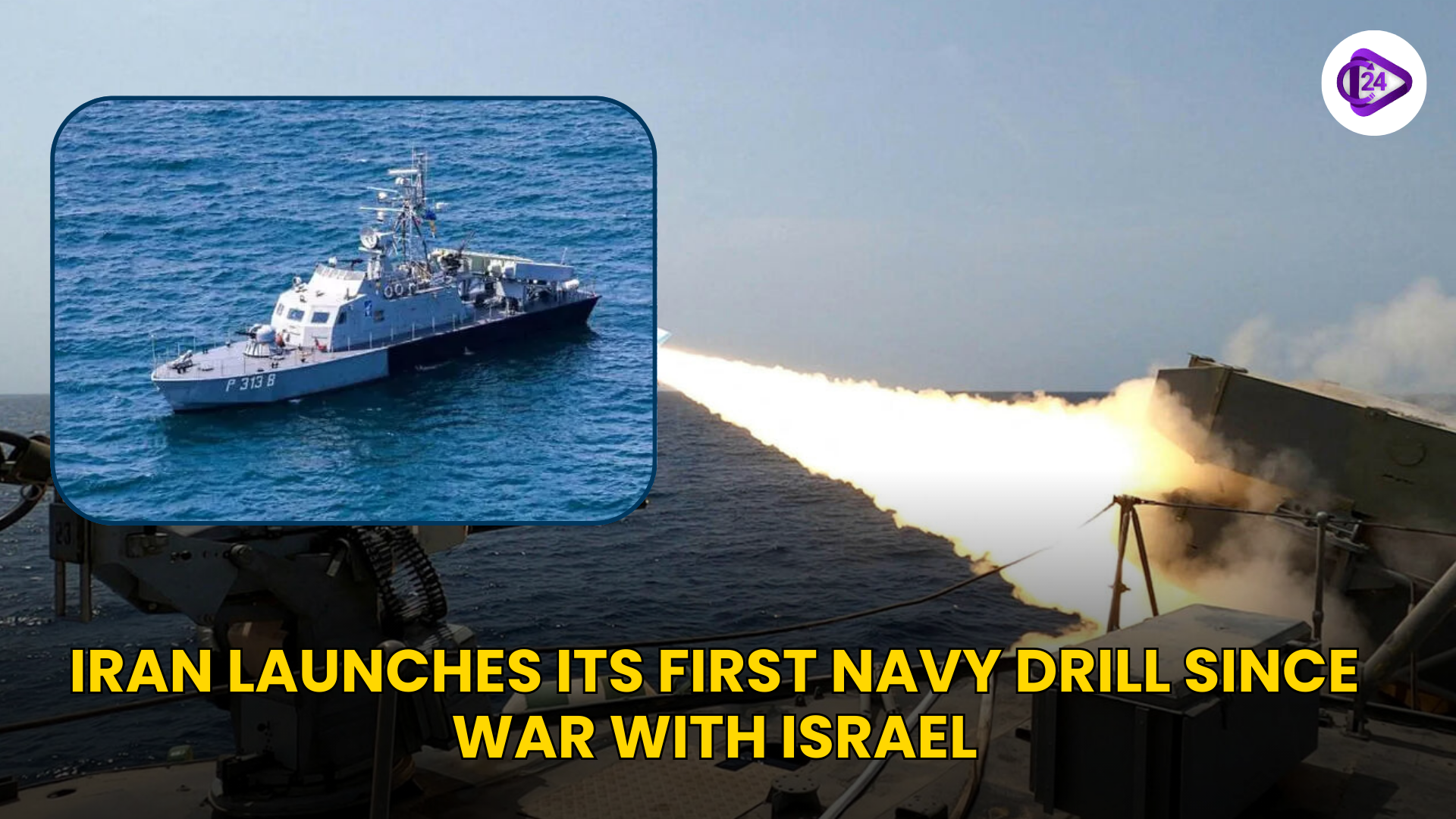 Iran launches its first navy drill since war with Israel
Iran launches its first navy drill since war with Israel India–Russia Trade Relations and Tariff Challenges
India–Russia Trade Relations and Tariff Challenges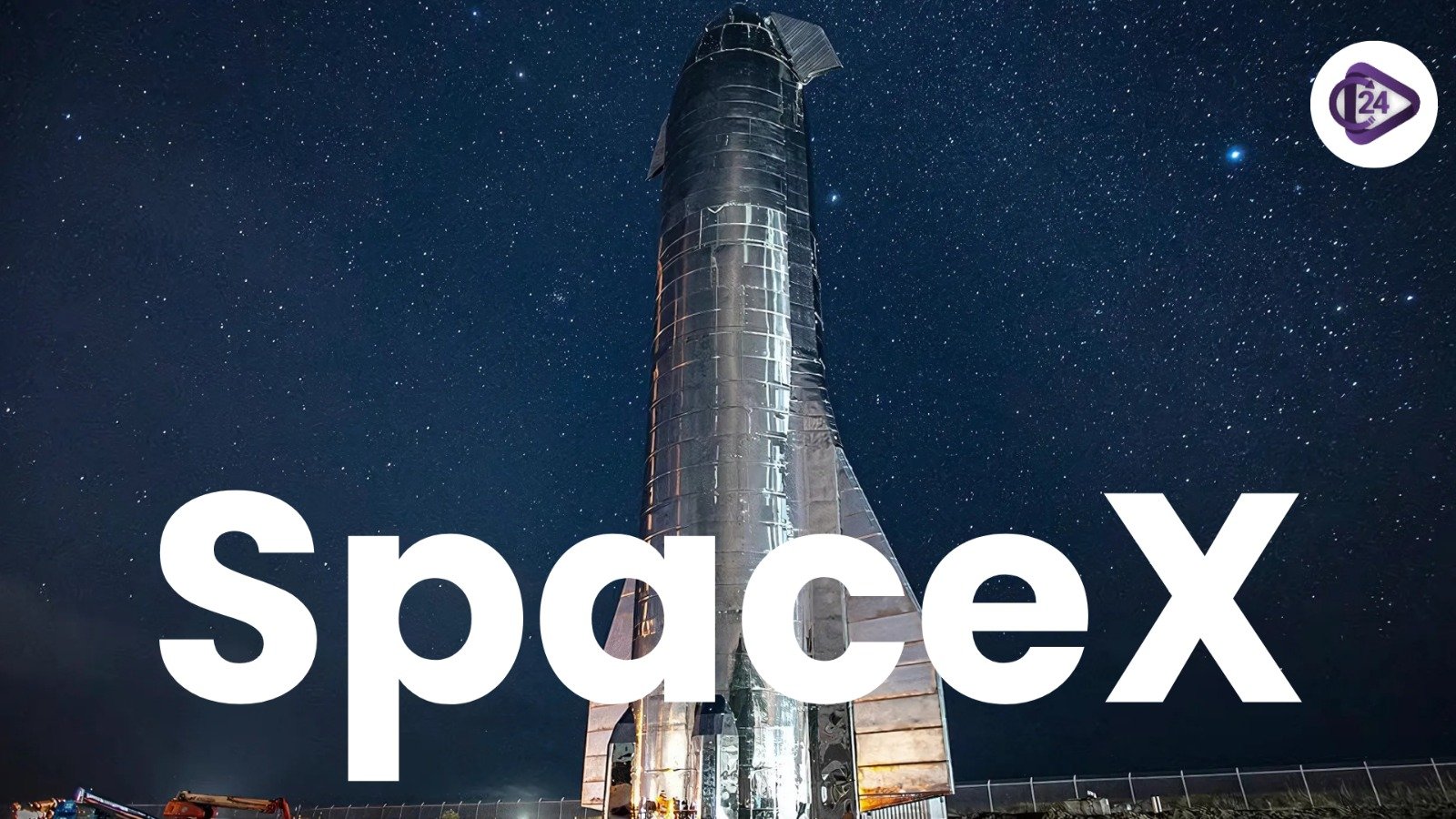 SpaceX Prepares for 10th Starship Test Ahead of NASA Moon Mission
SpaceX Prepares for 10th Starship Test Ahead of NASA Moon Mission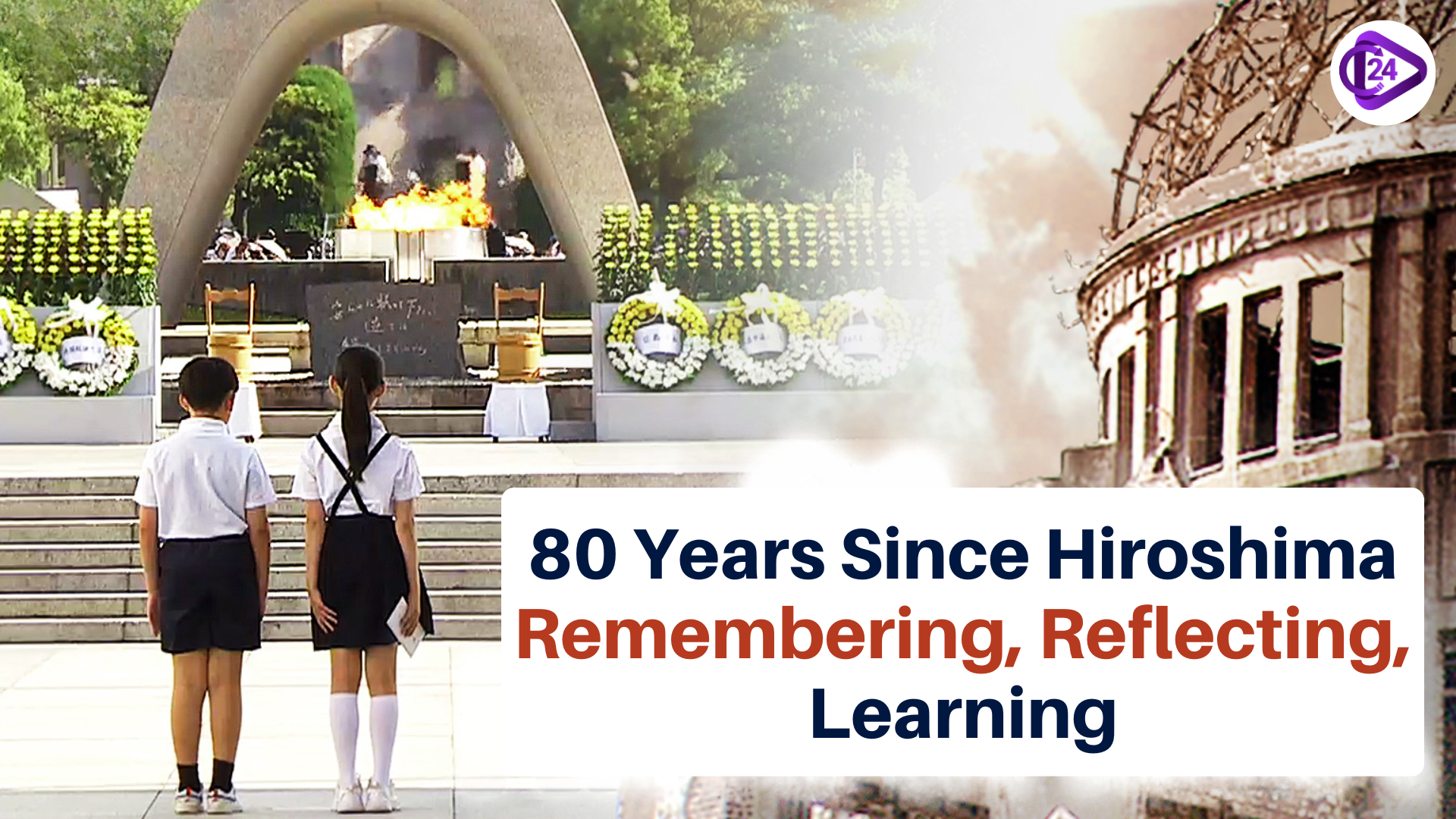 Remembering Hiroshima: 80 Years of Memory, Destruction, and Lessons for Humanity
Remembering Hiroshima: 80 Years of Memory, Destruction, and Lessons for Humanity






